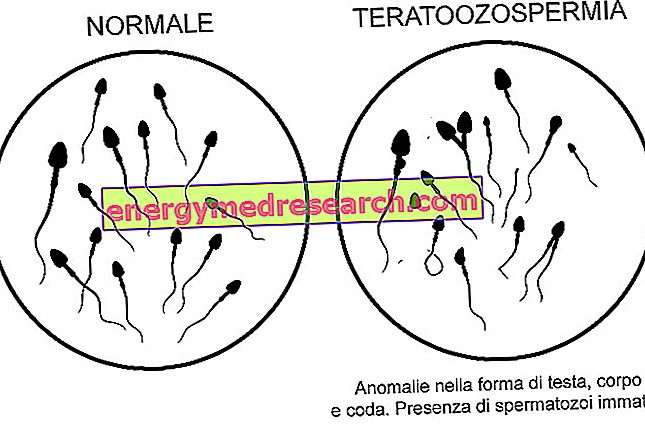
What is Azomyr?
Azomyr is a drug containing the active substance desloratadine. It is available as 5 mg tablets, as a 5 mg oral lyophilisate (dispersible tablet), in orodispersible tablets (tablets that dissolve in the mouth) of 2.5 and 5 mg, in syrup of 0, 5 mg / ml and as a solution oral 0.5 mg / ml.
What is Azomyr used for?
Azomyr is used to relieve the symptoms of allergic rhinitis (inflammation of the nasal passages caused by an allergy, such as hay fever or allergy to dust mites) or urticaria (a skin condition caused by an allergy, whose symptoms include itching and rash).
The medicine can only be obtained with a prescription.
How is Azomyr used?
The recommended dose for adults and adolescents (starting at 12) is 5 mg once a day. The dose for children depends on age. For children one to five years the dose is 1.25 mg once a day, taken in the form of 2.5 ml of syrup or oral solution. For children aged six to eleven, the dose is 2.5 mg once a day, taken either as 5 ml syrup or oral solution or as a 2.5 mg orodispersible tablet. Adults and adolescents can take the medicine in any form.
Azomyr can be taken with or without food.
How does Azomyr work?
Desloratadine, the active ingredient in Azomyr, is an antihistamine that works by blocking the receptors on which histamine, a substance in the body, that allergic symptoms normally attaches. When the receptors are blocked, histamine has no effect and this leads to a decrease in allergic symptoms.
What studies have been carried out on Azomyr?
Overall, Azomyr has been the subject of eight studies involving 4, 800 adult and adolescent patients with allergic rhinitis (including four studies on seasonal allergic rhinitis and two studies with patients also suffering from asthma). The effectiveness of Azomyr was measured by observing the change in symptoms (nasal bleeding, itching, sneezing and congestion) before and after two to four weeks of treatment. Azomyr has also been studied in 416 patients with urticaria. Efficacy was measured by observing changes in symptoms (itching, number and size of rashes, interference with sleep and daytime functions) before and after six weeks of treatment.
In all the studies, the efficacy of Azomyr was compared with that of a placebo (a dummy treatment).
Additional studies have been presented to show that syrup, oral solution and orodispersible tablets are treated by the body in the same way as tablets and to show that they can be safely given to children.
What benefit has Azomyr shown during the studies?
In allergic rhinitis, observing the results of all the studies as a whole, two weeks of treatment with 5 mg of Azomyr resulted in an average decrease in the score of symptoms of 25 - 32%, compared to a decrease of 12 - 26% in patients treated with placebo. Regarding the two studies on urticaria, the decrease in symptom score after six weeks of treatment with Azomyr was 58% and 67% compared to 40% and 33% in placebo-treated patients.
What is the risk associated with Azomyr?
The most common side effects in adults and adolescents are fatigue (fatigue 1.2%), dry mouth (0.8%) and headache (0.6%). The side effects observed in children are similar. In children under the age of two the most common side effects are diarrhea (3.7%), fever (2.3%) and insomnia (2.3%). For the full list of all side effects reported with Azomyr, see the Package Leaflet.
Azomyr must not be used in people who are hypersensitive (allergic) to desloratadine, loratadine or to any of the other ingredients.
Why has Azomyr been approved?
The Committee for Medicinal Products for Human Use (CHMP) decided that Azomyr's benefits are greater than its risks in alleviating the symptoms associated with allergic rhinitis or hives. The committee recommended that Azomyr be given marketing authorization.
More information on Azomyr
On 15 January 2001, the European Commission issued a marketing authorization valid for Azomyr to SP Europe, valid throughout the European Union. The authorization was renewed on January 15, 2006.
The full EPAR for Azomyr can be found here.
Last update of this summary: 04-2008.



